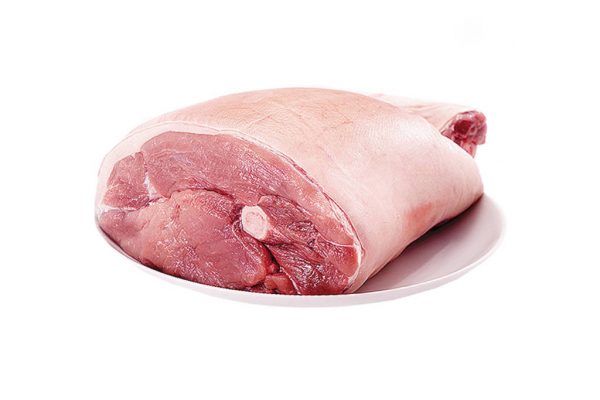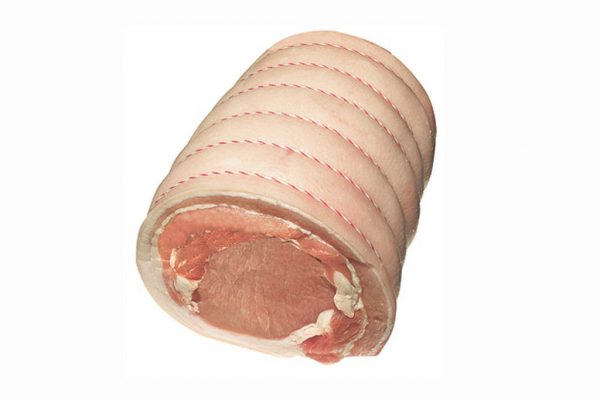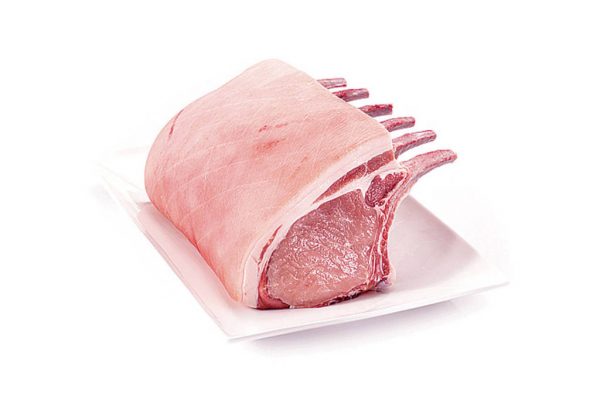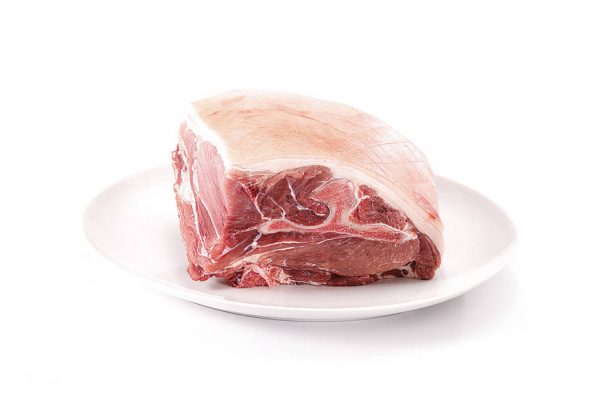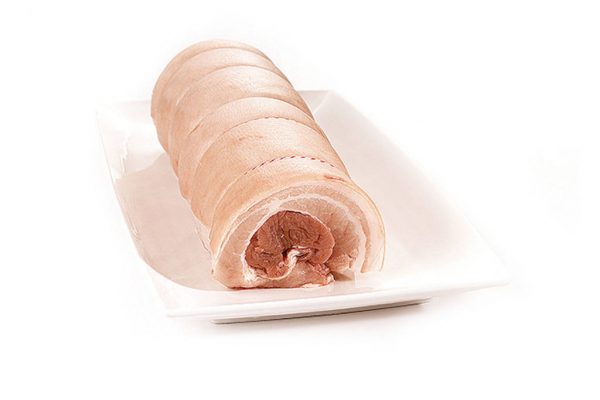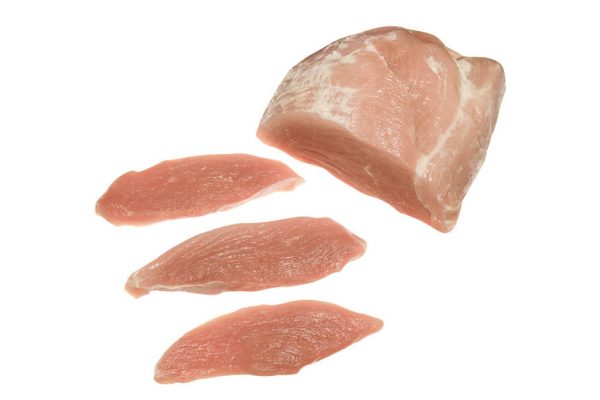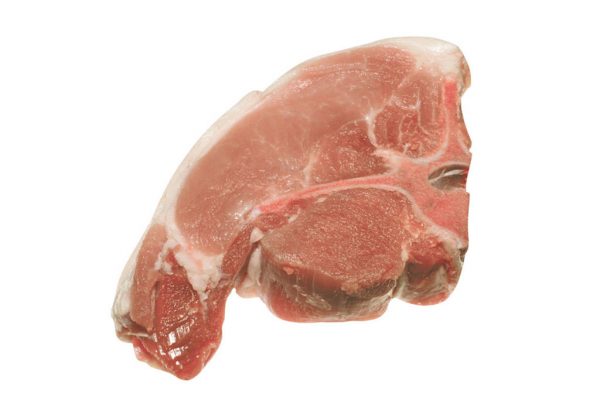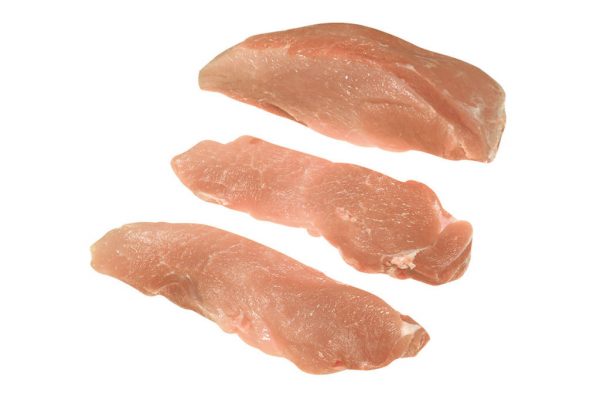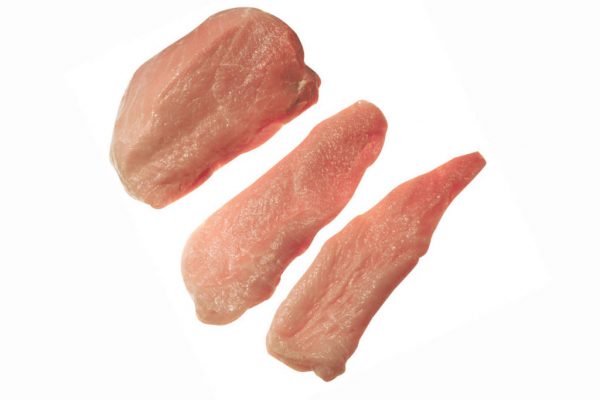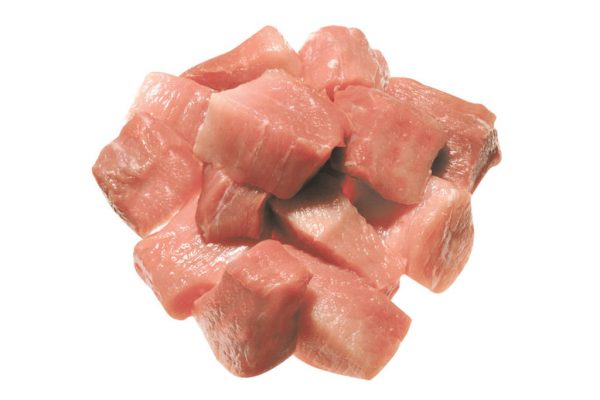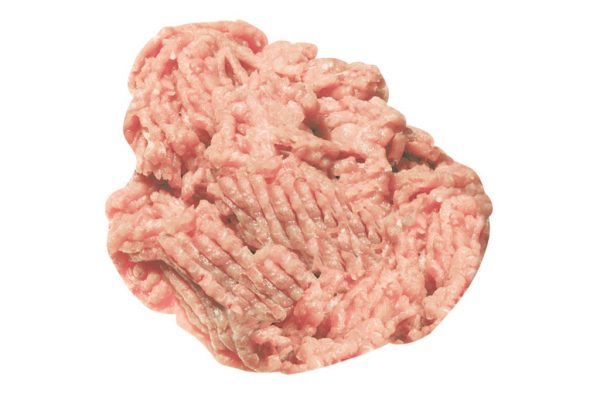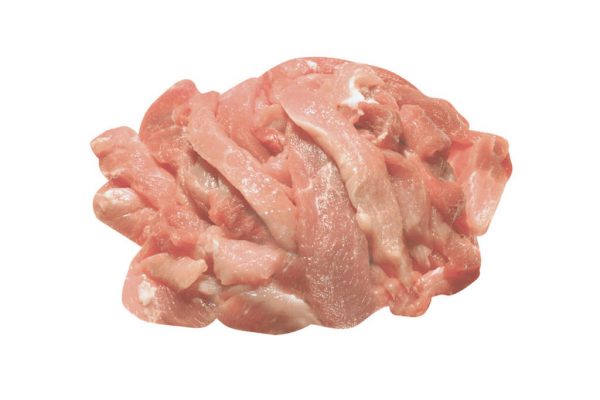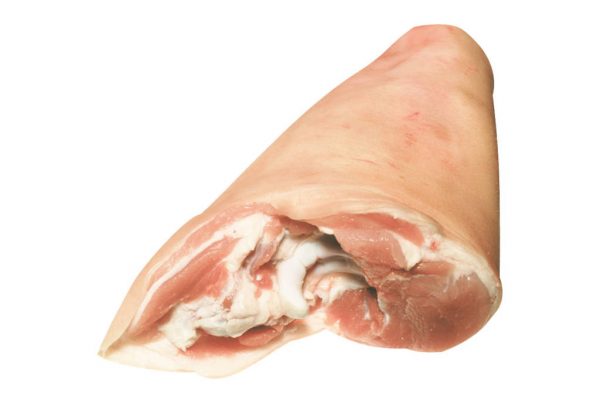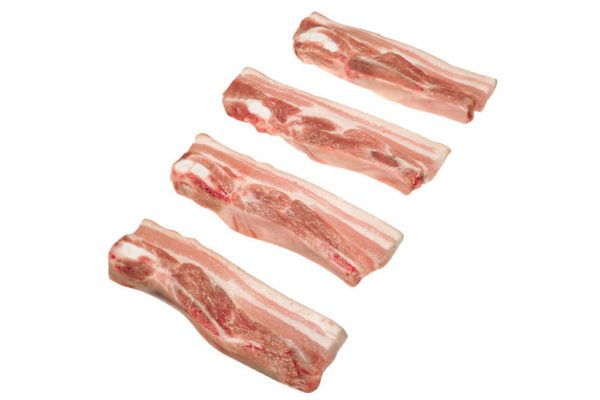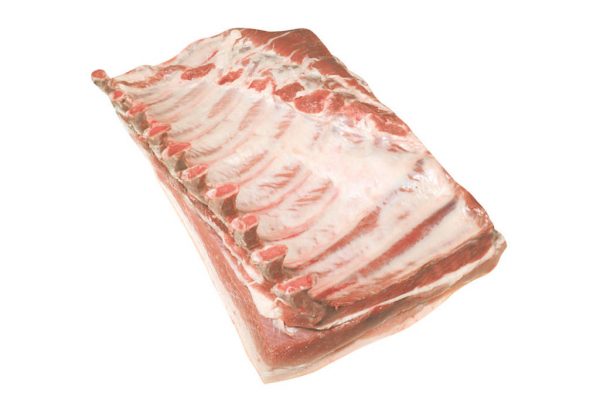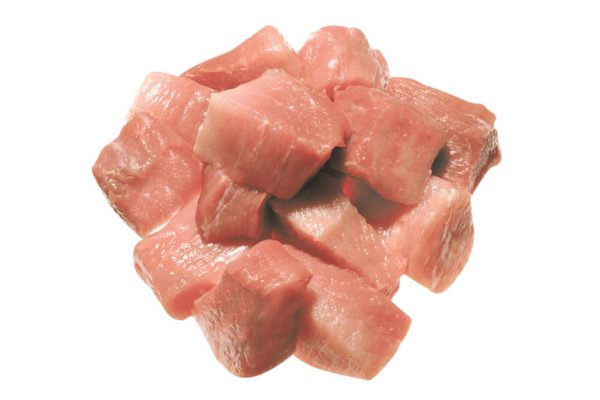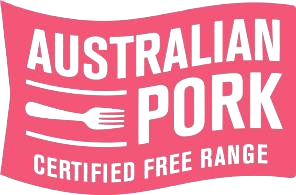Have you ever wondered how to cook a pork scotch roast? Or perhaps you’re unsure of the best pork cooking times? Here at Linley Valley Pork, we have a wealth of information on how to best cook Australian pork.
Lean trimmed pork is a healthy source of protein, thiamin, niacin, B6, B12, selenium, riboflavin, zinc, and omega-3. All that, and lean trimmed pork gets the tick of approval from the National Heart Foundation.
Trimmed lean pork can be easily substituted for other meats like chicken, beef or lamb in your tried and trusted recipes, to add more variety of protein to the week. They are readily available from butchers and supermarkets – just ask your butchers to trim off the external fat, or alternatively, trim your meat at home.
The leanest pork cuts come from the loin, fillet and the leg, trimmed of outside fat. However, don’t forget lean diced and minced pork – they’re great for quick mid-week meals that everyone loves. And remember, lean pork doesn’t need to be dry or tough, there’s no need to overcook. Cooking pork has never been easier or more delicious, with our range of tips and tricks listed below.

